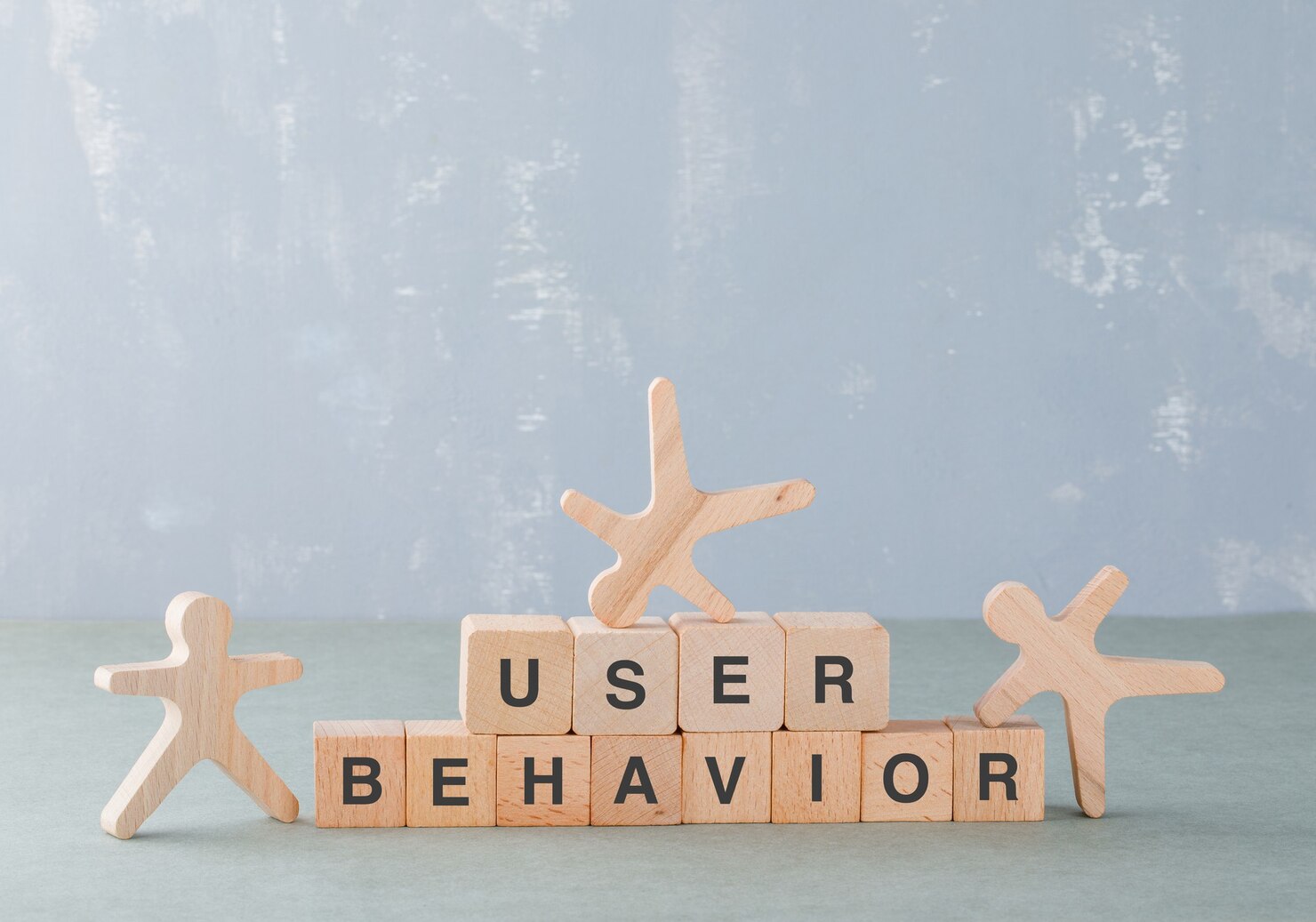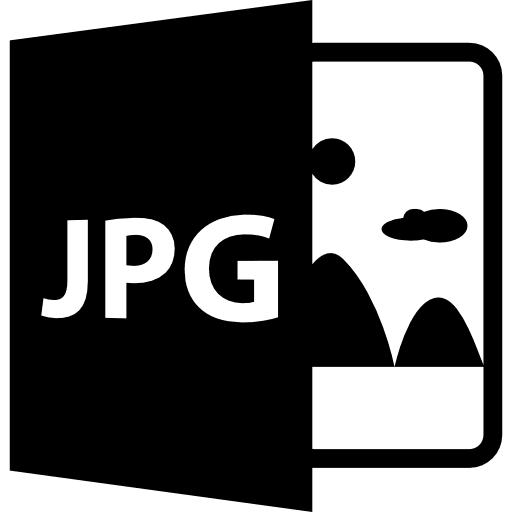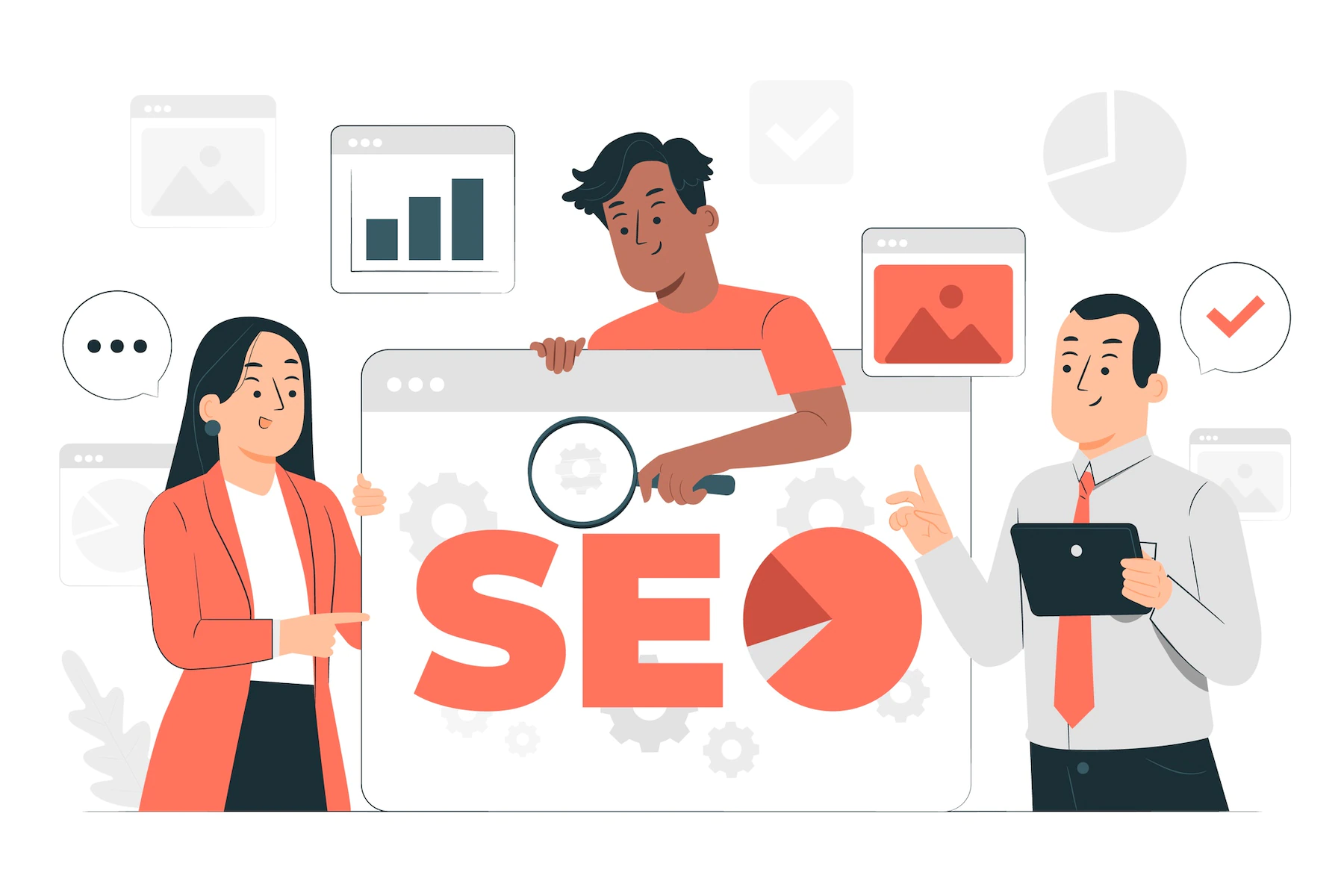In this article, we have featured Image SEO Optimization Tips For 2022. Images are an essential part of any website. Not only do they help break up text and add visual interest, but they can also help improve your website’s SEO. By optimizing your images for search engines, you can increase your chances of appearing in image search results and attracting more traffic to your site.
Here Are 5 Image SEO Optimization Tips:
1. Use descriptive filenames.
2. Choose the right file format.
3. Optimize your alt text.
4. Compress your images.
5. Make sure your site is mobile-friendly.
1. Use descriptive filenames: Search engines place a lot of emphasis on the filename of an image when determining how to rank it in search results. When choosing a filename for your images, be sure to use relevant keywords so that search engines can easily identify what the image is about. For example, if you have an image of a green tennis shoe, a good filename would be something like “green-tennis-shoe.jpg.”

2. Choose the right file format: The two most common image file formats are JPG and PNG. JPGs are best for photos and images with lots of colors, while PNGs are better for graphics with fewer colors and sharp details (like logos). If you’re not sure which file format to use, try saving your image in both formats and see which one looks better.

3. Optimize your alt text: Alt text is the text that appears in place of an image if it can’t be displayed for some reason. It’s also what appears when you hover over an image on a desktop computer or when you hold down on an image on a mobile device. When writing alt text, be sure to describe the content and function of the image as accurately as possible so that users know what they’re missing if they can’t see it. For example, the alt text for the image above could be “5 Image SEO Optimization Tips.”
4. Compress your images: Large image files can slow down your website, which can hurt your SEO ranking as well as frustrate users who have to wait a long time for pages to load. To avoid this problem, be sure to compress your images before uploading them to your website using a tool like TinyPNG or JPEGmini .

5. Make sure your site is mobile-friendly: More and more people are using their smartphones and tablets to browse the internet, so it’s important to make sure that your website is optimized for mobile devices. In addition to making sure that all of your images are properly sized and compressed, you’ll also want to ensure that other elements on your website (like text and buttons) are easy to see and click on on small screens. You can use Google’s Mobile-Friendly Test tool to check whether or not your site is optimized for mobile devices.
What is Image SEO?
Image SEO is the process of optimizing your images so that they rank highly in search engine results pages. Just like with traditional SEO, image SEO involves using the right keywords, as well as the proper file format, size, and ALT text. When done correctly, image SEO can help boost your overall site ranking while also increasing the number of visitors who click through to your site from image search results.
Why is Image Optimization Important?
There are a few reasons why image optimization is important. First, as we mentioned above, it can help improve your site’s ranking in SERPs. Additionally, it can help increase the number of visitors to your site from image search results. Finally, it can also help improve the user experience on your site by making sure that your images load quickly and correctly.
How to Optimize Your Images?
There are a few key things you need to do in order to optimize your images for better search engine ranking. First, you need to make sure that you’re using the right file format. The three most common formats are JPEG, PNG, and GIF.
For most photos, JPEG is the best choice because it’s a lossy format, which means that it’s smaller in size without sacrificing too much quality.
For images with transparency or line art, PNG is the best choice because it supports transparency without losing quality. And for images that are meant to be animated (like logos or icons), GIF is the best choice.
Once you’ve chosen the right file format, you need to make sure that your images are the correct size.
If an image is too large, it will take too long to load; if it’s too small, it will look pixelated or blurry. You want to find a balance between file size and quality—generally speaking, an image should be no larger than 100kb.
Also, Read:
- SEO vs PPC: Which is best for your brand?
- Internal Linking Strategy: Types, Tips & Tactics to Improve Your SEO
- International SEO: How to Optimize Your Website for Other Countries
Conclusion:
Images play an important role in any website; they help break up the text, add visual interest, and can even help improve your website’s SEO. By following these simple tips, you can optimize your images for search engines and attract more traffic to your site. So what are you waiting for? Get started today!








